Arts & Culture
Baltimore’s Charles and Senator Theaters Turn 85
That the two theaters, now the oldest in Baltimore, are still open and screening films is thanks to the creativity and perseverance of one local family.
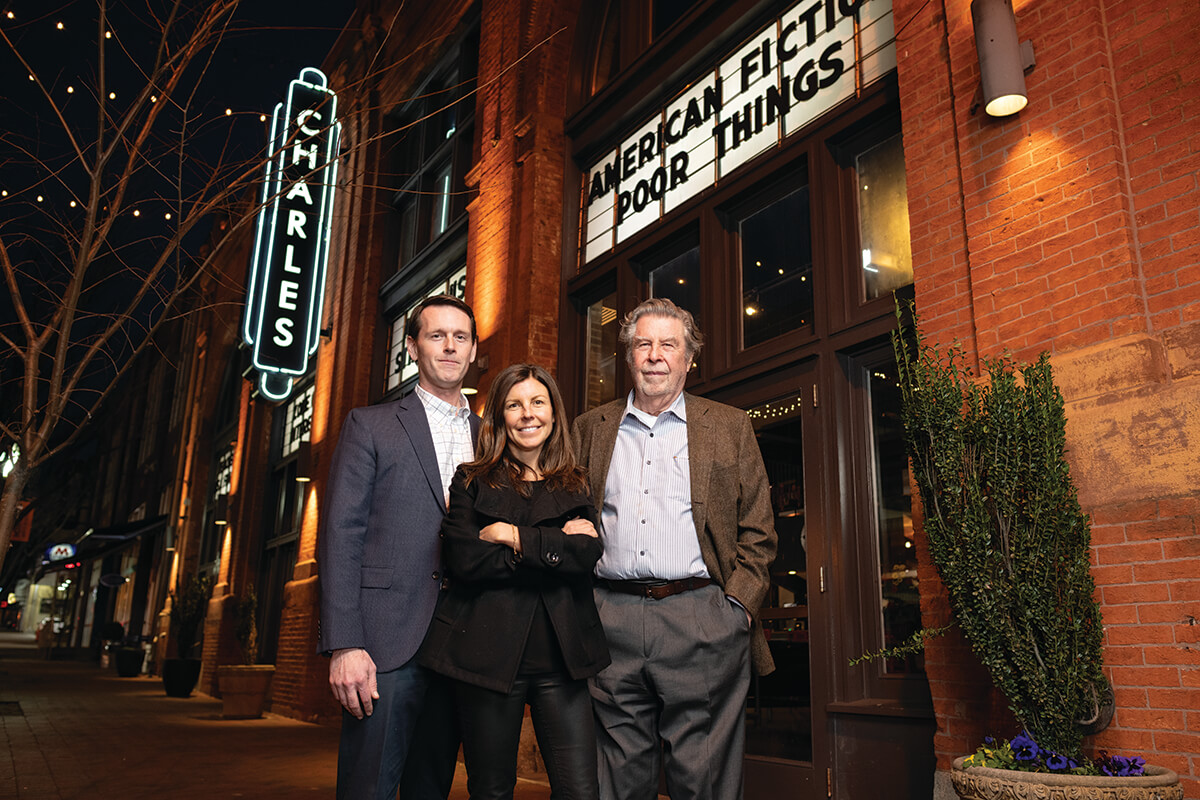
On a cold weeknight in February, a small stream of people walk under the marquee of The Charles Theatre in Station North, queuing to watch a 29-year-old Jim Jarmusch film. Once inside, moviegoers buy popcorn at a retro metalwork concessions stand and mill around between cherry-red metal chairs and cafe tables set out on the concrete floor. Exposed brick walls run down both sides of the lobby to the five screening rooms, the walls hung with movie posters. A vintage Super Simplex 35-millimeter film projector, circa the 1920s, stands at the end of the hallway, a reminder of the theater’s long history.
And what a history it is. The Charles Theatre, then called The Times, opened as an all-newsreel theater in 1939, the same year The Senator Theatre opened just four miles north in Govans. That the two theaters, now the oldest movie theaters in Baltimore, are still open and screening films is thanks to the creativity and perseverance of one local family.
Over the years, James “Buzz” Cusack, his nephew John Sandiford, Cusack’s daughter, Kathleen Cusack Lyon, and her husband, Chris Lyon, reclaimed both theaters when each closed, rebuilding and reopening them, then reopening them again after the pandemic and then after subsequent entertainment-business strikes threatened to keep them shuttered.
In so doing, they’ve kept more than just marquee lights on in Baltimore—they’ve kept Baltimoreans watching movies on the big screen, sitting in darkened auditoriums in the kind of camaraderie that’s born from a collective love of cinema.
The two theaters show much more than old art films. The Senator tends to screen bigger-budget movies, while The Charles skews toward independent films. Both theaters have revival programs, showing older or recently remastered films every week, and The Charles offers a Cinema Sundays Club, a long-running, membership-driven film club.
All this, as well as daily showings is done by members of the family, plus a small staff of folks who help manage the theaters, sell and take tickets, pour sodas, and scoop out requisite bags of popcorn.
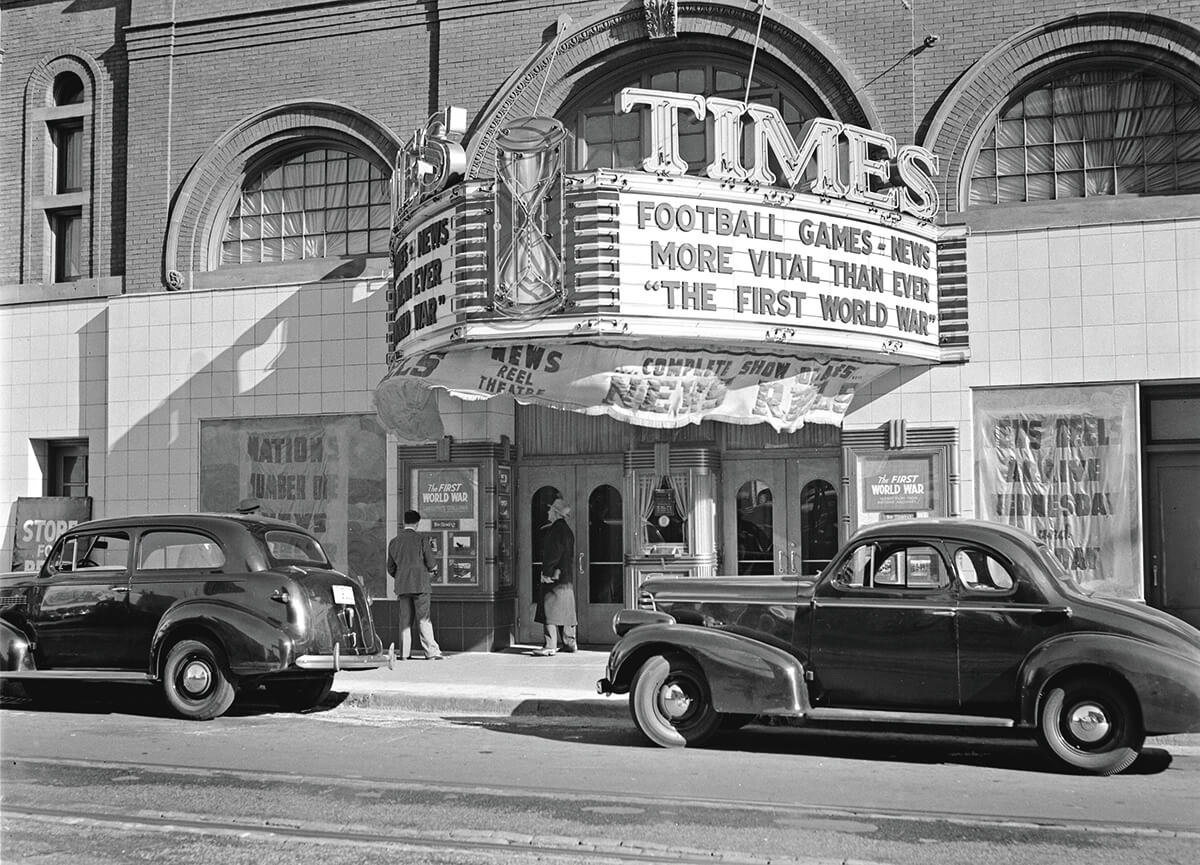
On that February night, the auditorium showing Jarmusch’s Dead Man was half-full, not a bad crowd for a late Thursday night and a 1995 movie. Many of those in the seats seemed to know each other, something that Sandiford, who runs the revival series, says is common.
Above the darkened theater, The Charles’ oldest projection room, unmanned since the 2013 digitalization of film, is a tiny ad-hoc museum. Old photos, news clips, movie posters, and memorabilia are pinned or duct-taped to the sage-green walls, covering them in a wild collage, like a police evidence board. A poster for Pink Flamingos is stuck to an old metal storage cabinet with fraying masking tape, Divine pointing her gun directly at the digital projector, her red dress frozen in time.
“I hope people in Baltimore realize how rare it is to have not just one but two indie theaters like that,” says Linda DeLibero, senior lecturer in Johns Hopkins’ film and media studies department, of the importance, especially in the wake of the pandemic, of having both The Charles and The Senator still in business.
“I can’t stress enough how different it is to see a film on the big screen,” continues DeLibero, who has lived in Baltimore for decades and seen hundreds of films across both screens. “You cannot replicate it even on a big-screen TV. It’s the actual visual experience, and the aural experience of seeing a film the way the filmmakers intended it to be seen.”
DeLibero underscores the incredible value of being able to see such wildly different films as Top Gun Maverick and Chantal Akerman’s 1975 film Jeanne Dielman, which both screened post-pandemic at The Charles, as well as taking her film students—many of whom had never seen Hitchcock on the big screen—to see North By Northwest at The Senator.
“We really are so extraordinarily lucky to have those theaters.”
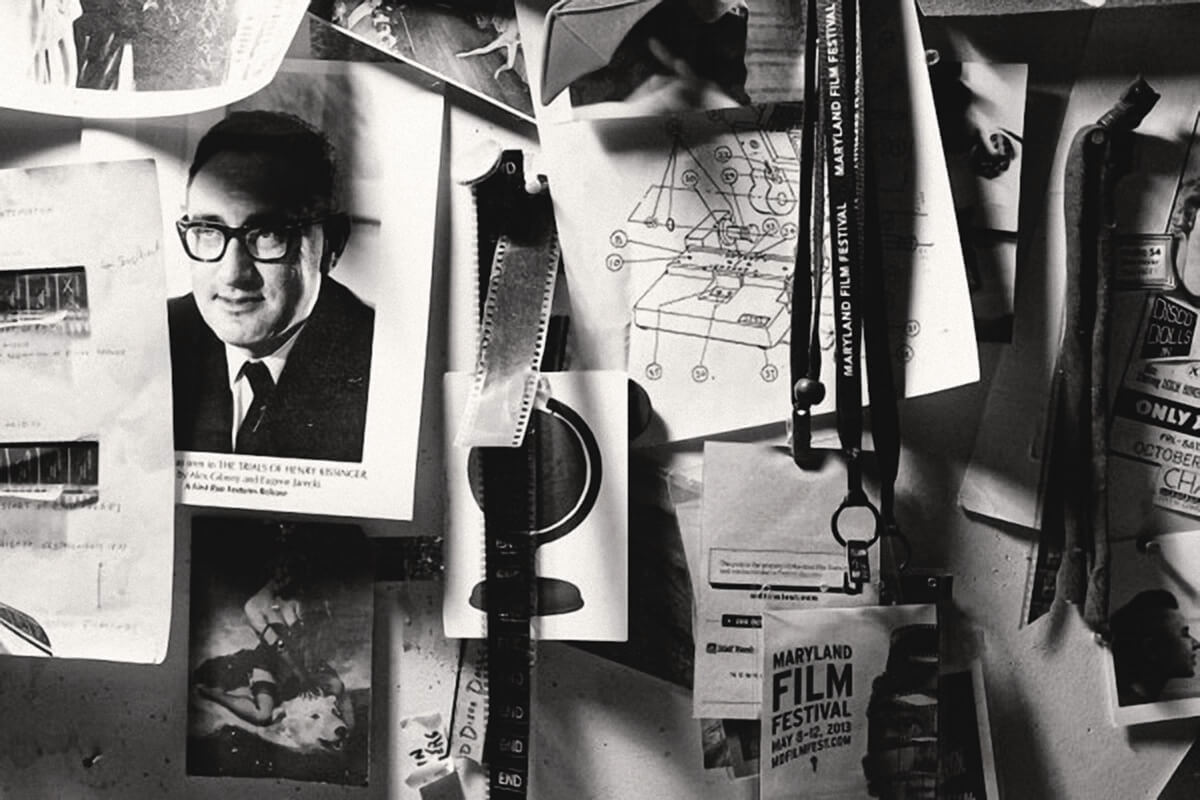
Both movie houses opened in 1939 as single-screen theaters, which at the time, says Kathleen Lyon, “was the only kind of movie theater there was.” The Charles was originally built in 1892 as a Baltimore Traction Company powerhouse and cable-car barn, designed by Baltimore architect Jackson C. Gott in the Romanesque-Revival style.
The theater became an art house in 1958 and was renamed The Charles, remodeled several times, expanding and transitioning to a first-run movie house, then an art house again, until it finally closed in 1993, as the neighborhood declined and moviegoers stayed home to watch videos with the advent of the VCR.
A few months before The Charles closed, Sandiford, then in his 20s, had been hired as a projectionist. It was a fortuitous hire. “John is the cinephile of the family,” says Lyon of her cousin, who broached the idea of taking over the imperiled theater to his uncle, a contractor and renovator of old buildings. (If you want to save a theater, the best folks to do so tend not to be those watching Fellini films in their basements, but somebody who owns a construction company.)
“He left all the equipment,” says Cusack of the previous operator, “just up and left. And John asked me what it would take to get it open.”
Sandiford and Cusack leased the theater, reopened it, then renovated and expanded it in 1998 into what had been Godfrey’s Famous Ballroom, converting the space in the process from a single-screen to a multi-screen theater. Baltimore architect Alex Castro reworked the historic spaces, retaining the original brickwork, adding stadium seating for the four new theaters, and opening the lobby space into what is now Tapas Teatro restaurant—a providential passageway, as you can now take your sangria and jamón serrano into the theater.
The retro ticket booth and concession stand were fabricated by local metalwork designer Jonathan Maxwell, who was a projectionist at The Charles when he was a student at Maryland Institute College of Art. (Maxwell would also go on to design the metalwork at The Senator.)
“It was like an all or nothing proposition,” says Lyon. “It was extremely risky. And there was really no way to know if it was going to work.”
“ALL THESE PEOPLE SEEM TO HAVE SEEN EVERYTHING, BUT THEY’VE NEVER SEEN IT IN THE THEATER.”
The Charles reopened in 1999. “John Waters came and it was just this magnificent, optimistic, idealistic celebration,” says Lyon. “It was a miracle that it happened. And then it made money and it worked.”
Unlike The Charles, The Senator was built as a movie theater. Designed by Baltimore architect John J. Zink in the Art-Deco style and listed on the National Register of Historic Places, it showcases a two-story circular lobby, an extensive painted mural portraying the history of film, and the original wood paneling and terrazzo floor.
“The Senator was the premier showcase in the city,” says Lyon of the Govans movie house. “At the time, the city had myriad theaters, and The Senator was the jewel.”
The Senator was built for the Durkee family in 1939. Durkee Enterprises, which at one time owned many of Baltimore’s theaters—including the Ambassador, Arcade, Belnord, Boulevard, Patterson, and Waverly—continued to run The Senator through the decades. Barry Levinson’s Diner held its premier there in 1982. In the late ’80s, Tom Kiefaber, grandson of the chain’s founder, bought the theater, then the last single-screen movie house in Baltimore.
By then the jewel had become seriously tarnished, and its decline furthered, until the City bought the theater at auction in 2009. Cusack and his daughter leased the theater until they bought it in 2012.
“When The Senator was facing foreclosure, I was really upset. I took it personally,” says Amy Davis, a longtime staff photographer at The Baltimore Sun who has lived near The Senator for decades. “We could see the searchlights blazing the sky for grand openings from the window of our house.”
Davis took it so personally that she started cataloging the city’s older movie theaters with her camera, publishing a book, Flickering Treasures: Rediscovering Baltimore’s Forgotten Movie Theatres, in 2017.
“I give [the Cusack family] a lot of credit for keeping these theaters running, despite the odds. Look what happened to the Parkway,” she says, about the Parkway Theatre, a vaudeville-turned-movie theater that first opened in 1915, was renovated and reopened in 2017 after a nearly 30-year closure, only to close again in 2023, another victim of the pandemic. (Of the 72 theaters Davis profiles, only five are still open, and only two of those—The Sena tor and The Charles—still show movies.)
Cusack and Lyon worked the same magic on their second theater. “The building was in total disrepair. There were holes in the roof. It was falling down around us,” says Lyon, who by this time had left her career as a lawyer and joined her father running The Charles. (Lyon is now the sole lessee of The Charles and the owner of The Senator.)
“It’s just a blight in the neighborhood to have an empty movie theater. It’s just sad and depressing,” she continues. “These neighborhood theaters were all anchors,” says Davis, “in many cases really an important part of the identity of each neighborhood.”
So Cusack and Lyon did extensive renovations, built three additional screens, and put in a restaurant—Clark Burger, for movie-watching with cheeseburgers and poutine—just as they had done at The Charles.
“We restored all the architectural features, got the gold leaf back, had the mural on the ceiling repainted. We had a model built of the original Art Deco chandelier,” says Lyon, sighing. “It was a process.” When the theater did finally reopen, in 2013, it was with a screening of, appropriately, Waters’ Hairspray, which had also held its premier there 25 years earlier.
Andres Londoño began working at The Senator even before the Cusacks bought it. He stayed on, working at both theaters over the years, and is now the general manager at The Senator. That he’s finishing a degree not in film but in computer science comes in handy, he says, now that the theaters operate digitally. But he can also still operate the dual 35-millimeter projectors in both theaters, which was useful when Oppenheimer came out, the rare film that was distributed both digitally and in old-school film to those theaters that could still show it that way. (Sandiford, the former projectionist, also screens film movies sometimes for the revivals.)
Crammed into the central projection room upstairs at The Senator, those old projectors still stand, alongside digital projectors, an old film Autowind platter system, and a big black-box server emblazoned with a Ravens sticker.
“There’s so much history. It’s hard not to fall in love with them,” says Londoño of both theaters.
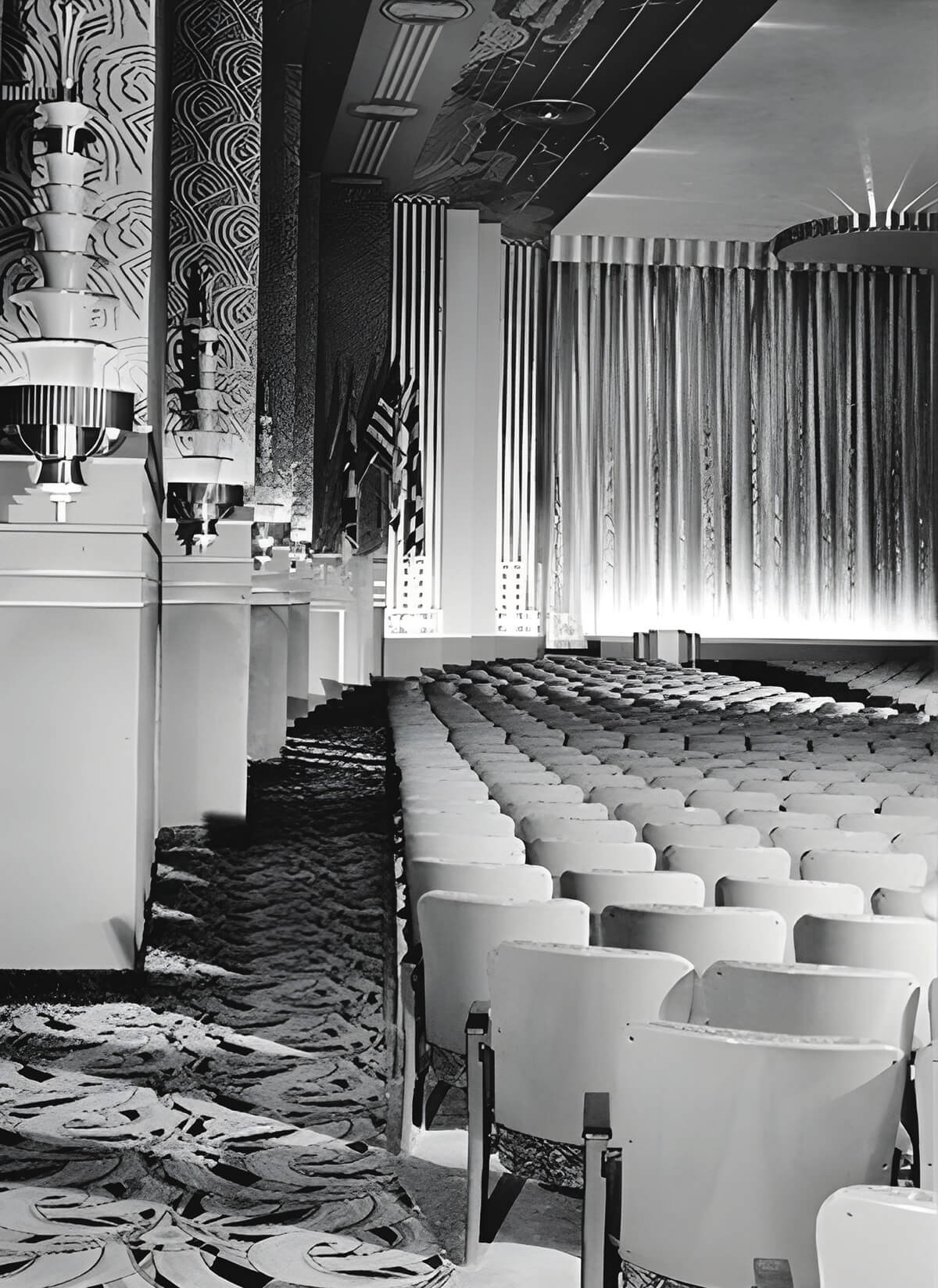
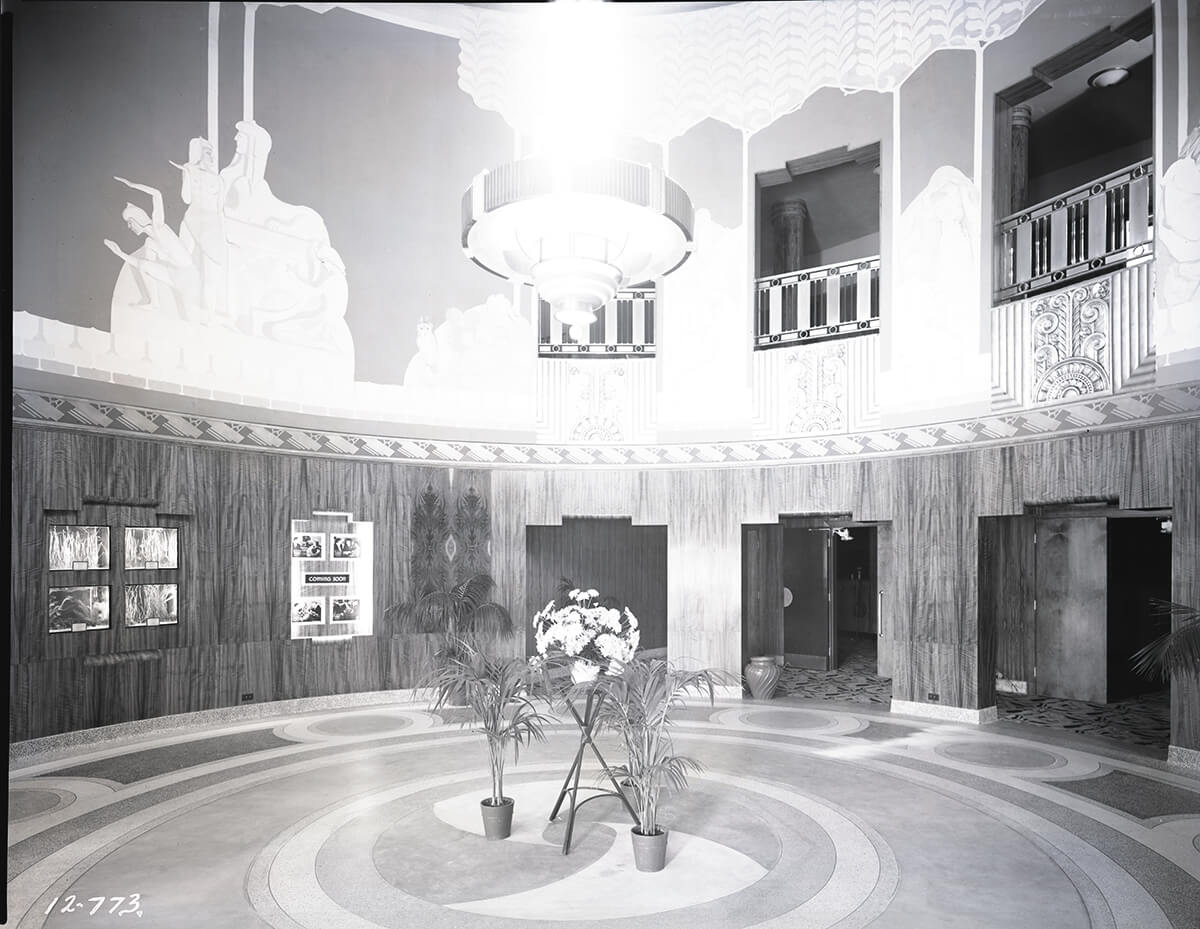
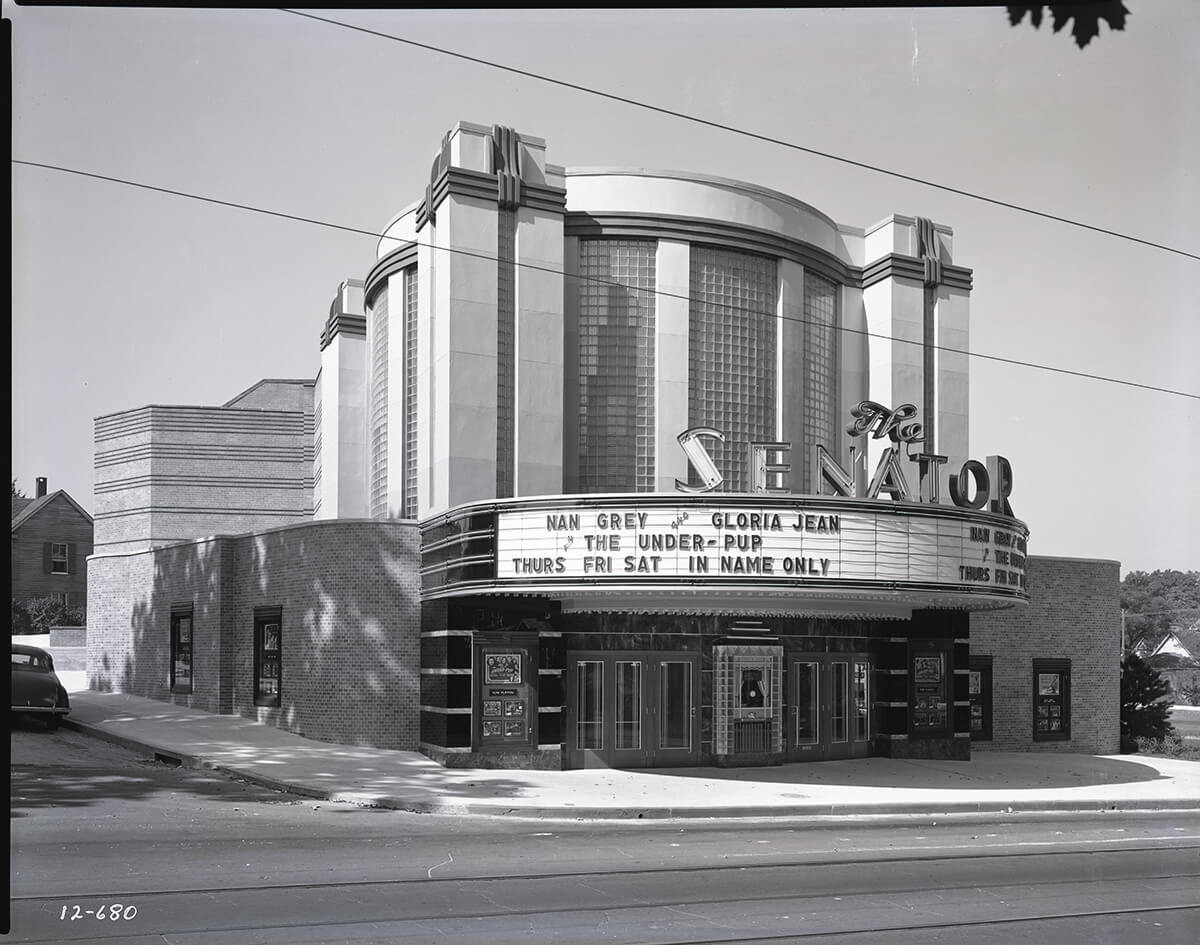
The Cusacks have succeeded in large part because they do pretty much all the work themselves. Buzz Cusack was his own general contractor for both theaters, and the fact that both Chris and Kathleen Lyon are lawyers likely helped with, well, everything.
During the pandemic, Chris, a trial attorney, ran his practice out of the office next to The Charles’ main projection room. And when the theaters finally reopened, he left the practice to work fulltime with his family. Cusack, now 83, still heads to The Charles most days, and he and his wife, Nancy, go to the movies on Saturdays, as they have for decades.
While big national movie chains have essentially turned into theme parks, with some even featuring in-seat dining and craft cocktails, the Cusacks have kept things old-school.
“We don’t overcomplicate it with hot foods; we don’t have nachos and hotdogs. We just try to keep our business model as simple as we can,” says Lyon. “Because there are so many moving parts, and it’s just us, and we don’t have layers of management, or even anyone who answers our phones. So we keep it as minimal as we can, and let the movies and the space speak for themselves.”
The revivals of recently restored, hard-to-find, or older movies, like the Jarmusch film, began soon after The Charles’ expansion. Sandiford started revival programs at both the Charles and Senator theaters, screening those films—recently: The French Connection, Oldboy, Delicatessen, The Thing, All About Eve—a few nights each week. These screenings might not always bring in a lot of revenue, but they bring in film buffs—and loyalty.
In the wake of the COVID lockdown, when theaters were shuttered for a year and a half and people stayed home watching movies, lots of movies, on their TVs and laptops and tiny phones, our appetite for watching movies on the big screen has only increased.
“All these people seem to have seen everything,” says Sandiford, “but they’ve never seen it in the theater.”
Cinema Sunday Club has also been a boost. It began at The Charles in 1995, when local movie-lover George Udel, longtime director of the Baltimore Film Forum, wanted Baltimore to have a cinema club and approached Cusack and Sandiford. (A colorful portrait of Udel painted by the late Baltimore artist Raoul Middleman hangs near the main auditorium.) Udel inaugurated and ran the club until his death in 1999, and it’s been going strong ever since, except for a hiatus during the pandemic.
“Cinema Sundays is having a real renaissance,” says Lyon of the club, in which members come for Sunday morning bagels, coffee and conversation, watch a current movie, then stay for a discussion led by a guest speaker. The club, now in its third decade and with attendance up to as many as 150, is now hosted by Howard Community College film professor Mike Giuliano. It’s composed not just of Charles loyalists, but, as Lyons puts it, “They are Cinema Sundays loyalists. It’s even deeper, it’s like another layer.”
Both Cinema Sundays and the revival programs also helped keep the theaters open after the pandemic, when many feared for the survival not just of neighborhood, family-run theaters, but of all movie theaters. “It cannot be overstated how devastating that was,” says Lyon. “We just went into this survival mode, where we had these two dark, empty buildings. We had no customers, no income, but we still had employees, we still had insurance premiums to pay, and we still had big bills. And the worst part of it was that we didn’t know when it was going to be over.”
Lyon says that she and her family wondered at what point they would have to sell their house, or just cut their losses and get out of the business.
“Everyone was just, ‘Doomsday, doomsday, you’re done,’” she says, as streaming took over the business model and many theaters shuttered for good. Both theaters rode out the pandemic, making COVID-related upgrades, getting PPP loans—and waiting. But even when the theaters were allowed to reopen, the future was hardly rosy, with audiences unsure about returning to public places, particularly the older viewers who fuel art-house theaters, and the industry itself unsure if people would just keep streaming movies at home rather than returning to actual movie houses.
“So then we were in this holding pattern of, like, Jesus, are we ever getting back to being able to sup port ourselves? Are movie theaters dead? Literally, it was the end of the world,” says Lyon. “The industry is dead in the water. It was just an ominous, stressful time—on the heels of a disaster.”
And then, just as moviegoers were returning and the industry was getting back on its feet, the Hollywood writers and actors went on strike, shutting down the movie pipeline again, pulling actors from promotional tours and red carpets, and condemning film lovers to more of an uncertain future.
But two things sustained theaters in the summer and fall of 2023: the Barbenheimer phenomenon, in which moviegoers returned in droves to see big-production films by Greta Gerwig and Christopher Nolan, and Taylor Swift’s blockbuster Eras Tour, which screened in theaters just as the summer films were leaving.
“The timing was impeccable. And you know, we sold out the theater. Thank you, Taylor,” says Lyon. “We have been very slowly climbing out of this multifaceted hole. It was not easy, but we survived.”
Those of us who love movies have also survived, turning off our devices and emerging from our houses to return to theaters and watch films on the big screen, where they are made to be seen. Buoyed by bigger-budget, more mainstream releases, The Senator has returned to 2019 numbers. The Charles, with its art-house, older crowd, has had a slower, less linear recovery, though Cinema Sundays and a devoted base have kept it going.
“It’s a testament to these theaters,” says Lyon. “They really have a unique place in people’s minds here.”
She also credits Baltimoreans. “They are loyal, and they are supportive,” she says.
As for her family, “We’re the stewards of these buildings; we’ve done the best job we possibly could, and we put our blood, sweat, and tears and everything else into this. They’re really just these special things.”